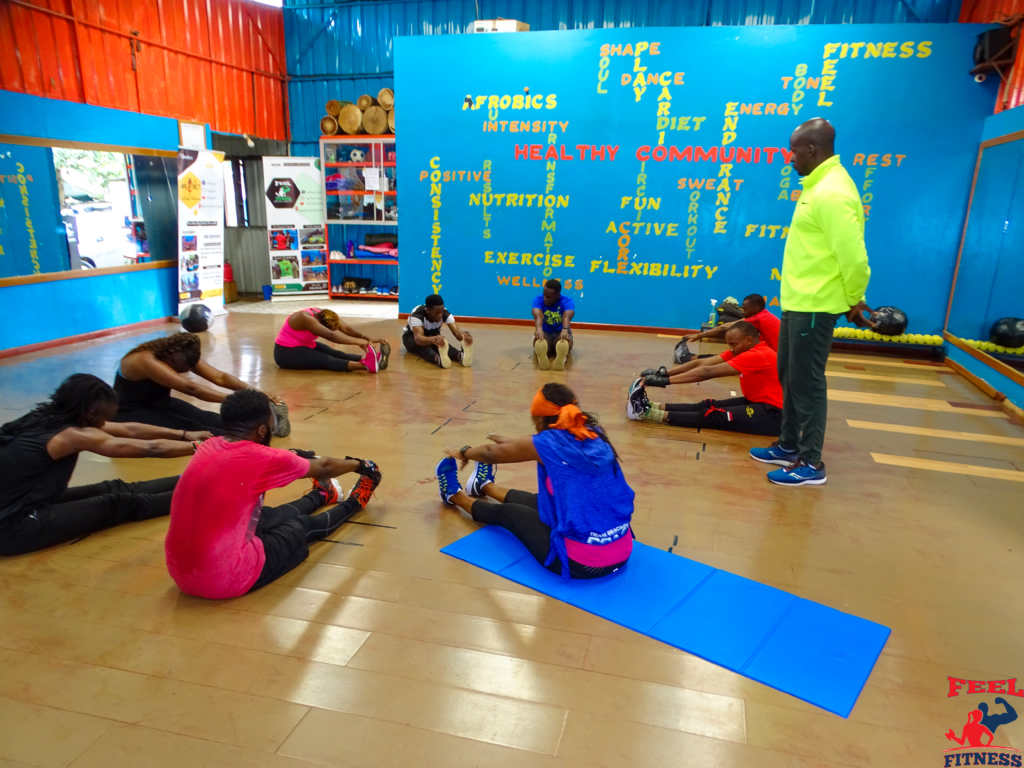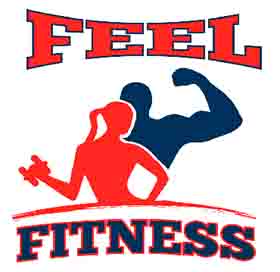Mental health is a state of well-being. It contributes to how we make decisions, build relationships, and influence the world around us. Over the years of training, I have clearly noticed that simple actions such as taking a walk, a swim, lifting weights, or dancing to music can help reduce stress levels, improve sleep quality, and increase my ability to handle adversity and the myriad challenges that life throws my way. Exercise plays a dual role in improving both my physical and mental health.
Knowing exactly why exercise helps improve your mood can be a game-changer—it’s like giving your brain a VIP ticket to the ultimate neuron party! Picture this: your heart starts doing the cha-cha, pumping blood like it’s the hottest dance floor in town. That blood carries oxygen and nutrients, basically delivering a care package to your brain’s door, saying, “Hey, let’s build some cool new neurons!” It’s the brain’s way of getting a delivery from the Oxygen and Nutrient Express. And guess what? This whole process is like a backstage pass for your brain, letting it mingle with chemical Rockstar’s—dopamine, serotonin, and endorphins. It’s the ultimate brain bash. So, why haven’t you joined the brain’s exclusive fitness fiesta yet? Your neurons are waiting for you to break out those dance moves! Time to sweat out those excuses and get your brain on the fitness dance floor!
Endorphins.
I have always wondered what creates such a dramatic improvement in mood, mental health, and even memory following a workout. If you participate in any endurance activity, from a vigorous sprint cycling session or a run on the treadmill to a long walk with your dog, your brain releases endorphins, the neurotransmitters responsible for what some call the “runner’s high.” It’s that feel-good sensation you get after a bout of aerobic exercise. But why do endorphins leave us bathed in an afterglow of calm when we get our hearts pumping? Endorphins are the body’s internal painkillers. So instead of feeling pain, endorphins leave you feeling pleasure. Strength training has always been a great stress reliever for me. Every time I walk into the weight room, my mind is full. I will always leave feeling lighter and happier.

Keep Moving Throughout The Day.
A gym isn’t the only place you can get in a quality workout. Going up and down a flight of stairs, if available, is a great way to raise the heart rate and strengthen the legs. Higher-intensity exercise increases blood flow to the brain and promotes the release of endorphins. Depending on your needs, this might be accomplished through outdoor activities such as running, cycling, or hiking.
Serotonin.
Serotonin is a mood-boosting neurotransmitter and is known as the “happy chemical” because it too makes us feel good. But unlike endorphins, which initially block pain to produce pleasure, serotonin promotes pleasure itself. In fact, research has shown that a lack of brain serotonin in some individuals has been associated with depressive illness. This is also why the most commonly prescribed anti-depressant medications today work by pumping more serotonin into the brain.

Dopamine.
Getting enough sleep, exercising, listening to music, meditating and spending time in the sun can all boost dopamine levels. Engage in activities that make you happy or relaxed to increase dopamine levels. Some examples include exercise, meditation, yoga, massage, playing with a pet, walking in nature or reading a book.
Working out promotes mental wellness and helps employees deal with stress. Mental wellness and physical fitness go full circle because being fit gives you confidence to do your job well. Exercise, sunlight, enough hours of sleep, healthy relationships, forgiveness, meditation, reading books, nutrient dense meals are all underestimated mental health interventions.
Feel Fitness.
Take Wellness Breaks.
For many, the routine is wake up, caffeinate, work, dinner, sleep, and repeat. Taking wellness breaks throughout the day, however, is as important as any meeting or other obligation. Schedule time for fresh air, movement, and hydration. Once per hour, step away from your devices and do something for yourself. Walk the dog, stretch, refill your water bottle, and meditate. These breaks from work can help revive your energy and focus.
Many of us fall out of the habit of feeling good. Create moments in life that allow you to reconnect with the spirit within. Commune with nature; take a hike. Nature is a great form of brain medicine. Being outside can not only improve one’s mood but is also a great way to increase the body’s natural intake of vitamin D, which is great for bone health, reducing inflammation, and bolstering the immune system.
Coach Phil.
Prioritize Enjoyment.
When it comes to physical activity, it is difficult to overstate the importance of fun. It can be easy to get stuck in a rut of doing the same exercise routine day after day, but simple changes can add variety and increase both the brain and body benefits of exercise. For example, I would urge you to create a new playlist to listen to during a run or resistance-training workout or to try a new class or workout. I like to do something I enjoy at least once a week. It doesn’t matter if it improves my fitness outcomes, weight, or overall health. Doing something purely for pleasure is great for one’s mood and mental health.
Sometimes we must force ourselves to step outside our inner chamber of habitual thoughts and connect to the world, to other people, and to reality. At these moments, we get exposed to new details and ideas, unwind, and become more inspired and creative.
Coach Philip.
Meditation.
There are many types of meditation practice, but if you are new to it or just want a way to relax during stressful times, keep it simple. Find or create a distraction-free zone and sit or lie down—whatever is most comfortable—for 10 or 15 minutes of quiet time or prayer. Try to disregard thoughts as they arise and instead focus on your breathing pattern and other physical cues. Filter what goes into your mental factory, but remember to exercise for your mental wellness.
Most times I am exhausted, both mentally and physically, but I still manage to push myself through a jog or a workout. It is always a great release. You might have had a tough day at work, with the kids, or in school, but you still do it. I know I am not alone, fellow addicts. How do you do it?
Coach Phil.

